2022 Audi A3 now on sale in US with standard 48V MHEV; 24% better combined fuel economy in A3 40 TFSI quattro
Green Car Congress
OCTOBER 13, 2021
The A3 features a standard 2.0-liter liter TFSI engine, generating a maximum 201 horsepower and 221 lb-ft of torque. Augmented by a standard 48-volt mild-hybrid (MHEV) system, a first for the model, it has the ability to coast automatically with the engine temporailly shut off in many driving situations.

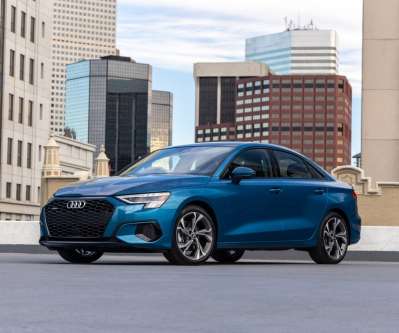

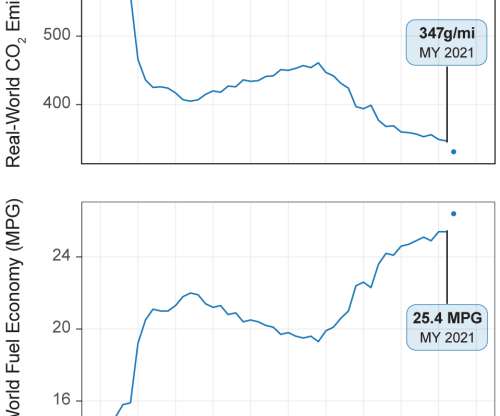
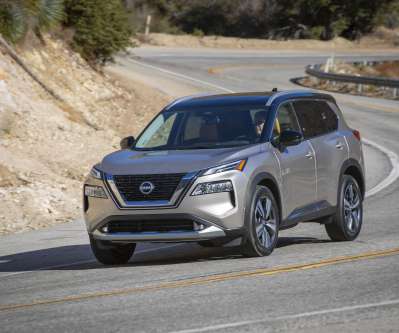



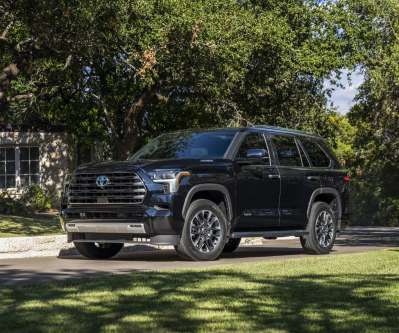

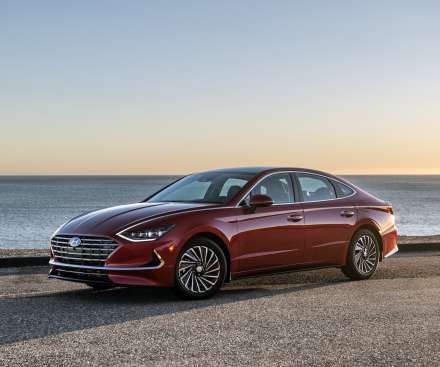









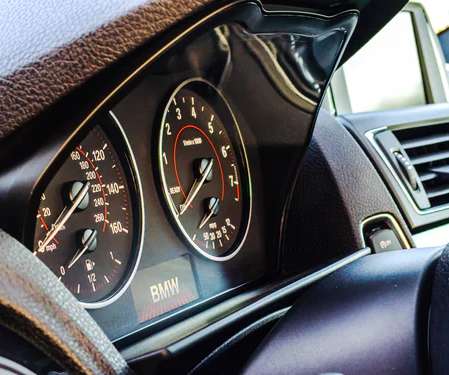




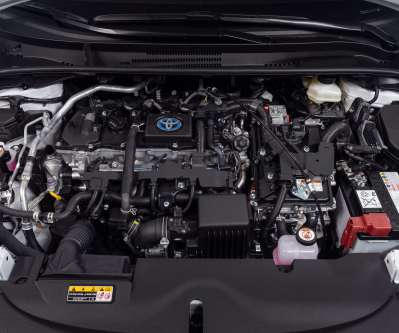

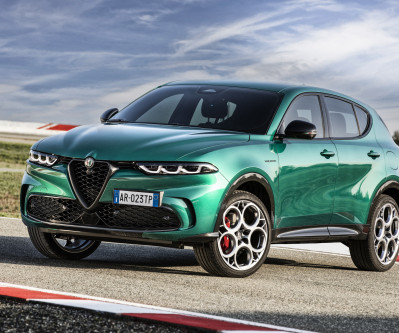
















Let's personalize your content